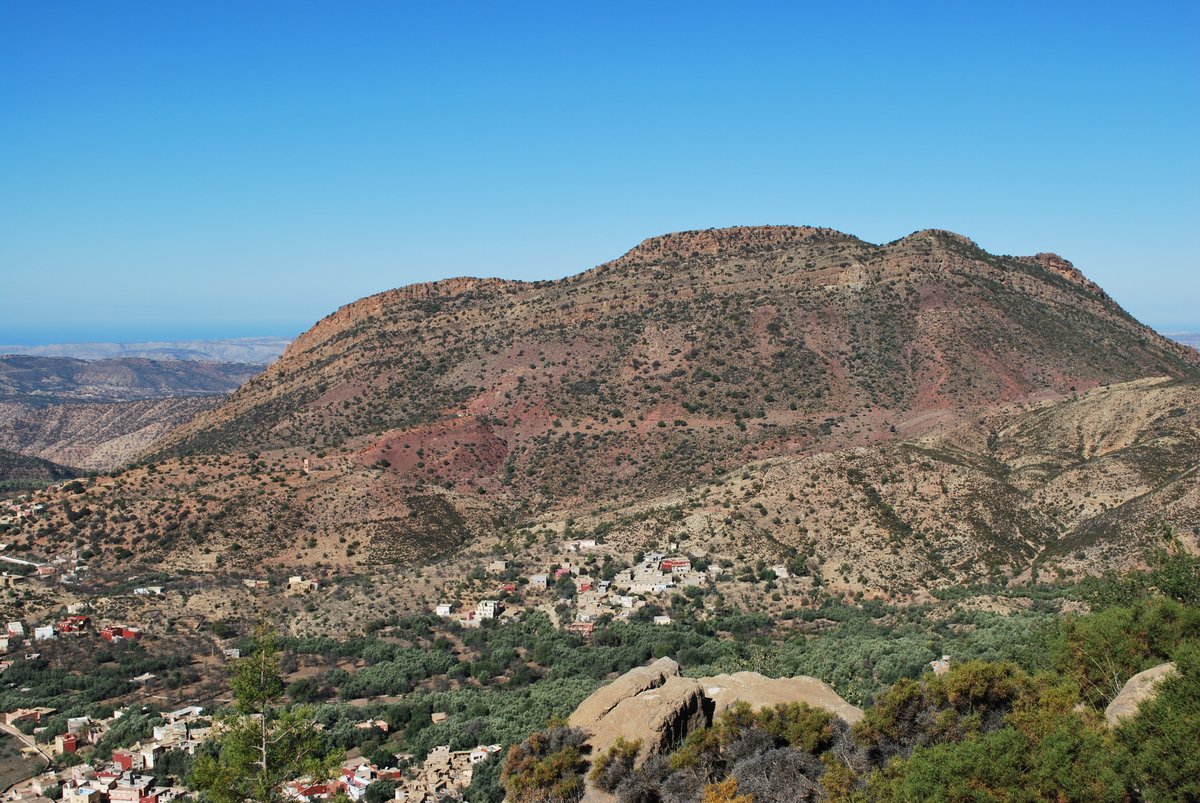
During the Triassic and Jurassic, continental break-up began along the present day Atlantic margins. In Morocco, carbonate platforms were developed on the footwalls of normal fault blocks and salt domes, formed by the remobilisation of Triassic salt. Volcanism associated with continental break-up increased PCO2 in the atmosphere, initiating global warming. Acidification of the ocean resulted in periodic Ocean Anoxic Events, which led to the periodic demise of carbonate platforms within basins, where stratified water columns and anoxic bottom waters led to the formation of some of the World’s most prolific source rocks. Projects in Morocco, as part of the North Africa Research Group, have established the depositional conditions for carbonate platform growth and dolomitization on the Atlantic margins.